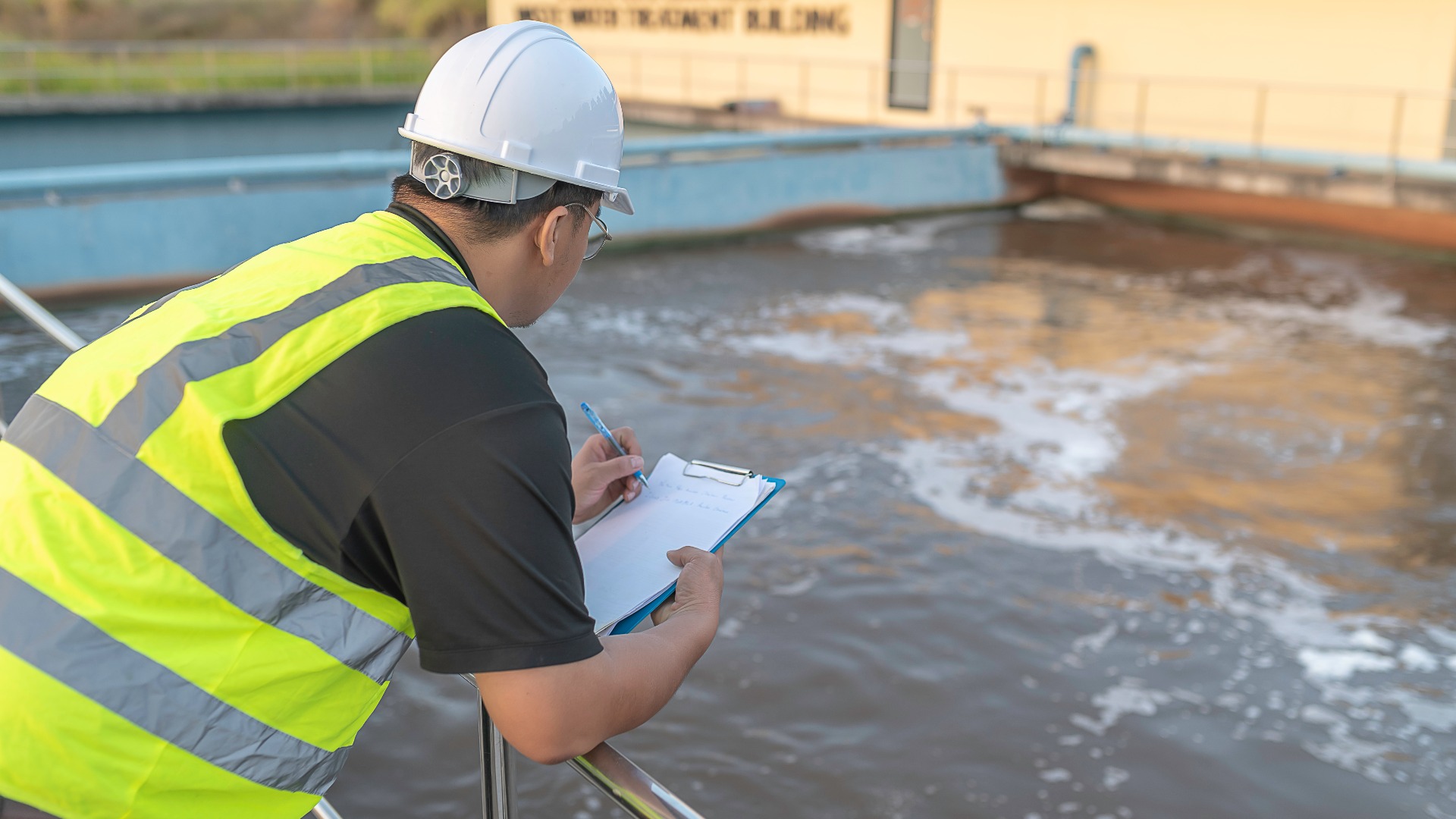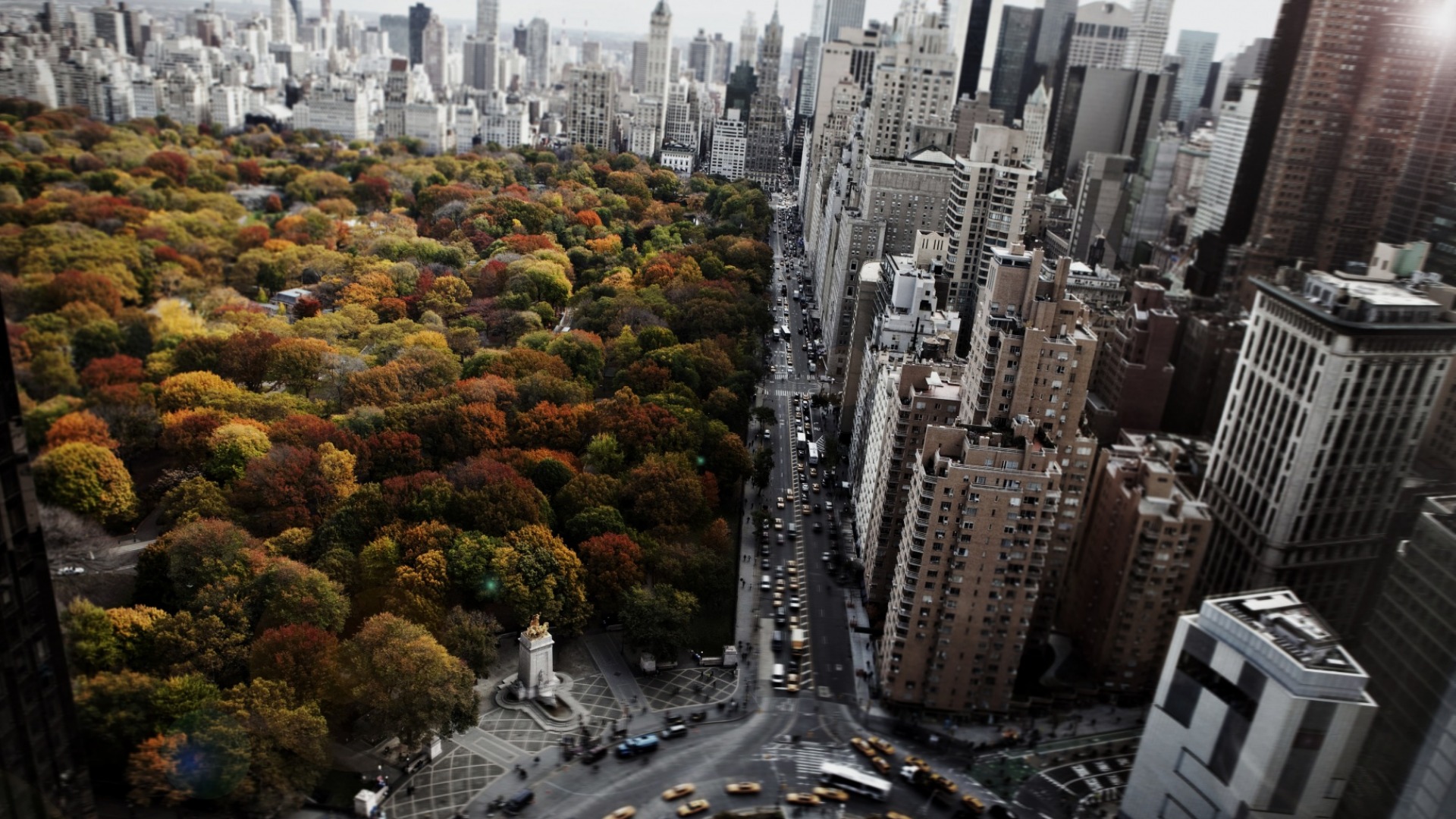
Dubai's Objective: Achieving 100% Wastewater Recycling by 2030

Dubai Municipality has established an objective to recycle the entire volume of wastewater within the emirate by the year 2030 as a component of its sustainability strategy.
Ninety percent of the wastewater, encompassing both domestic and commercial water usage, is currently subjected to the recycling process within the emirate.
The governing body has also committed to diminishing its reliance on desalinated water and the corresponding energy consumption by 30 percent, leading to annual savings of approximately Dh2 billion ($544 million).
Dubai's vision involves an augmentation in water recycling, with the target of exceeding eight billion cubic meters by 2030.
The procedure involves the collection and treatment of wastewater in dedicated plants to eliminate impurities.
The recovered water, with a multitude of applications within the emirate, is utilized for irrigating green spaces and landscaping through a network spanning about 2,400 kilometers, covering a substantial portion of the city.
An estimated 265 million cubic meters of water are consumed annually for maintaining green areas.
In the year 2022, Dubai harnessed six million cubic meters of reclaimed water for central cooling stations, yielding savings of around Dh7.1 million (47 percent).
This reclaimed water has also found purpose in firefighting as an environmentally-conscious substitute for desalinated water and in man-made lakes throughout the emirate. Moreover, it contributes to treatment operations, encompassing functions like washing processes in sewage treatment facilities and pumping stations.
The journey of Dubai Municipality's water reclamation initiative commenced in 1969 with the establishment of the inaugural treatment plant in Al Khawaneej.
In order to meet the escalating demand for wastewater treatment and recycled water, a plant in Warsan was constructed, its capacity elevated to 260,000 cubic meters daily.
A third plant, situated in Jebel Ali and erected in 2006, catapulted the city's water recycling capacity to 560,000 cubic meters per day.
Subsequent expansions occurred, with the Warsan plant expanded in 2015 to handle 325,000 cubic meters daily, and the Jebel Ali capacity augmented in 2016 to yield a daily production of 675,000 cubic meters.
From 1980 to 2022, Dubai generated over 4.5 billion cubic meters of recycled water.
Dubai Municipality embraced sustainable practices in sewage treatment, utilizing anaerobic digestion in central treatment facilities to curtail carbon emissions. This process involves the breakdown of organic matter to generate biogas and bio-fertilizer.
In a recent undertaking, biogas was harnessed as a power source, fulfilling 50 percent of the electricity requirements at the Warsan treatment plant.
The treatment of wastewater generally consists of three phases: primary, involving the removal of major solids; followed by secondary and tertiary treatment, enhancing the purity of the water.
Primary treatments typically encompass various stages involving tanks and filters.
Secondary treatment might involve the aeration of water with microorganisms or its passage through oxidation ponds over an extended period.
Luiza Campos, a professor specializing in environmental engineering at University College London, has highlighted techniques such as membrane bioreactors as another viable method.
Tertiary treatment, exemplified by reverse osmosis (RO), employs pressure to force water through a membrane. RO is also utilized for desalination in the production of drinking water.
Prof Campos mentioned another method of filtration:
“Reverse osmosis is another filtration – it removes most of the solids.”
NetSol Water, an Indian wastewater treatment enterprise, is one among several entities offering RO technology.
“With proper pre-treatment in the primary and secondary phases, tertiary RO wastewater recycling has been found to dramatically reduce total dissolved solids, trace heavy metals, bacteria, viruses, and other dissolved pollutants,” the company remarked.
Prof Campos emphasized that the choice of technology depends on the ultimate destination of the treated water.
“When discharging to rivers, you cannot use chlorine because it's going to be harmful,” she stated.
“If it's drinking water, obviously you need to have additional treatment. If it's for agriculture, secondary treatment may [be sufficient],” she mentioned.
“For drinking water, it's more effective technology [that is needed] and it [entails additional] costs.”
Source: thenationalnews.com








